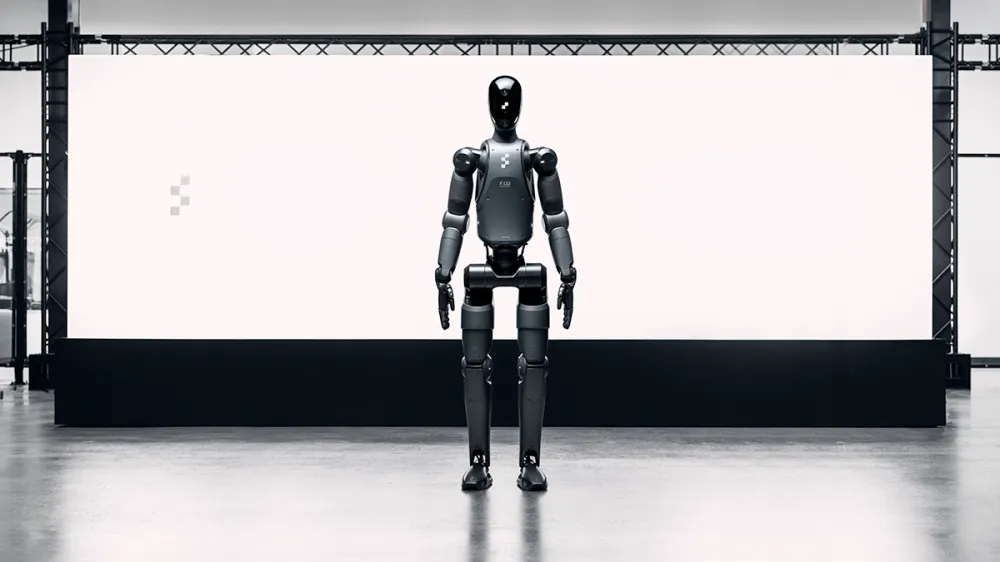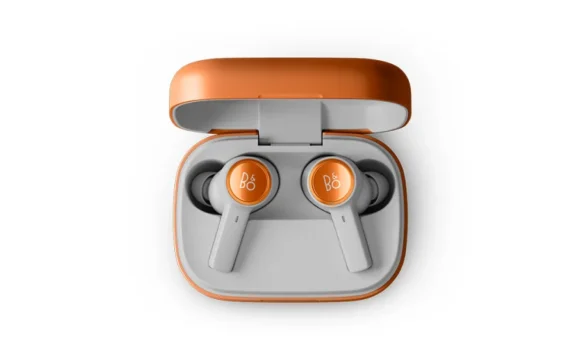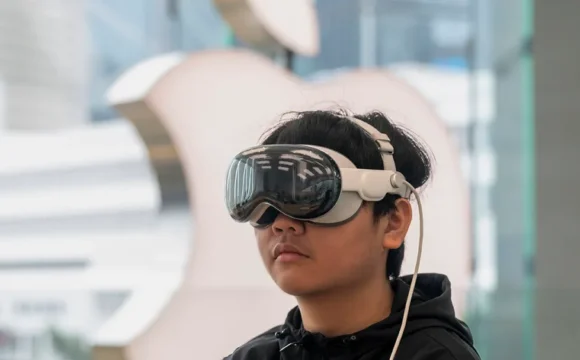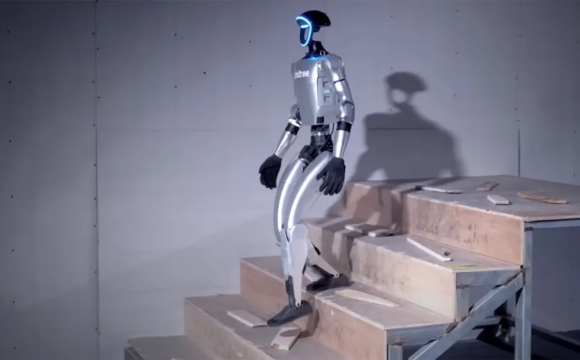การเปิดตัวหุ่นยนต์ฮิวแมนนอยด์ Figure 02 ที่พัฒนาโดย Figure ถือเป็นความก้าวหน้าครั้งสำคัญในวงการหุ่นยนต์ โดยเฉพาะอย่างยิ่งในด้านการผลิตอุตสาหกรรม หุ่นยนต์ที่ขับเคลื่อนด้วยปัญญาประดิษฐ์นี้มีความสูง 5 ฟุต 6 นิ้ว น้ำหนัก 154 ปอนด์ และถูกออกแบบมาเพื่อทำงานโดยอัตโนมัติ สามารถทำภารกิจได้หลากหลาย ตั้งแต่งานซ้ำซากไปจนถึงงานอันตราย ขณะเดียวกันก็สามารถทำงานร่วมกับมนุษย์ได้ หุ่นยนต์มีขีดความสามารถในการใช้เครื่องมือ ปีนบันได ยกกล่อง และสามารถตัดสินใจได้ด้วย “สามัญสำนึก” ทำให้เป็นส่วนเสริมที่อเนกประสงค์สำหรับกระบวนการผลิตทุกขั้นตอน
การทดสอบ Figure 02 ล่าสุดที่โรงงานสปาร์ตันเบิร์กของ BMW แสดงให้เห็นถึงการประยุกต์ใช้จริงในสภาพแวดล้อมการทำงาน โดยหุ่นยนต์ถูกนำไปใช้ในการวางชิ้นส่วนโลหะแผ่นเข้ากับอุปกรณ์สำหรับประกอบตัวถังรถ ซึ่งเป็นงานที่ต้องการความแม่นยำและความคล่องตัวสูง การผนวกหุ่นยนต์เข้ากับสายการผลิตของ BMW ได้สำเร็จนี้ บ่งบอกถึงศักยภาพของหุ่นยนต์ฮิวแมนนอยด์ที่จะมีบทบาทสำคัญมากขึ้นในภาคการผลิต ซึ่งอาจนำไปสู่การปฏิวัติอุตสาหกรรม
แม้ว่าอนาคตของ Figure 02 ในการผลิตเต็มรูปแบบยังไม่แน่นอน แต่การพัฒนาและการทดสอบถือเป็นก้าวสำคัญในวงการหุ่นยนต์ เมื่อเทคโนโลยีพัฒนาต่อไป ความเป็นไปได้ที่หุ่นยนต์ฮิวแมนนอยด์อย่าง Figure 02 จะกลายเป็นเรื่องปกติในอุตสาหกรรมต่างๆ มีแนวโน้มมากขึ้น ซึ่งอาจนำไปสู่โลกอนาคตที่หุ่นยนต์ไม่เพียงแต่เสริมแรงงานมนุษย์เท่านั้น แต่ยังรับภารกิจที่อันตรายหรือซับซ้อนเกินกว่ามนุษย์จะทำได้ ทำให้เส้นแบ่งระหว่างความร่วมมือระหว่างมนุษย์กับเครื่องจักรในสถานที่ทำงานเบลอมากยิ่งขึ้น
จากบทความโดย Tori Latham
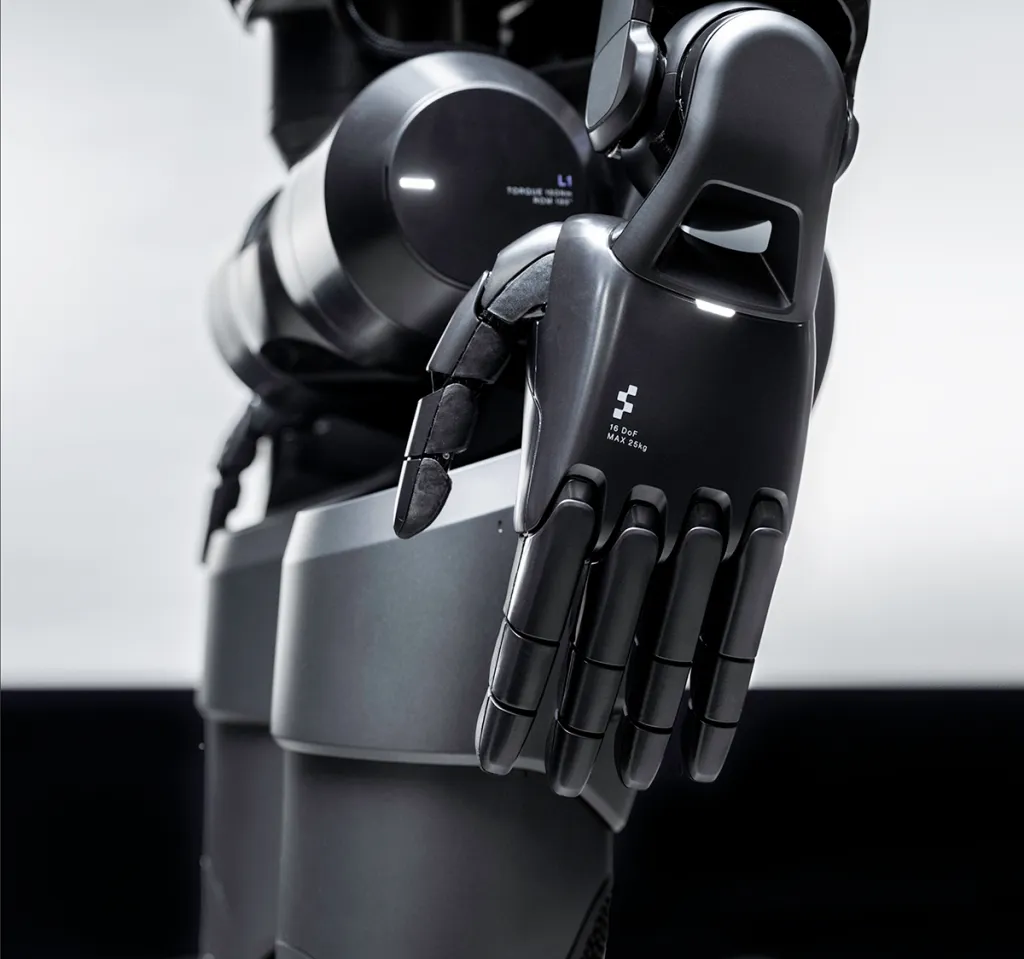
The introduction of Figure 02, the humanoid robot developed by Figure, marks a significant advancement in robotics, particularly in the context of industrial production. Standing at 5-foot-6 and weighing 154 pounds, this AI-powered machine is designed to operate autonomously, performing tasks that range from mundane to potentially hazardous, all while working alongside human counterparts. The robot’s capabilities include handling tools, climbing stairs, lifting boxes, and even making decisions based on “common sense,” making it a versatile addition to any manufacturing process.
Figure 02’s recent testing at BMW’s Spartanburg plant showcases its practical application in a real-world setting, where it was used to place sheet-metal parts into fixtures for car chassis assembly—a task that requires a high degree of precision and dexterity. This successful integration into BMW’s production line hints at the potential for humanoid robots to play a more significant role in manufacturing, potentially revolutionizing the industry.
While the future of Figure 02 in full-scale production remains uncertain, its development and testing represent a major leap forward in the field of robotics. As technology continues to evolve, the possibility of humanoid robots like Figure 02 becoming commonplace in various industries grows more likely. This could lead to a future where robots not only supplement human labor but also take on tasks that are too dangerous or complex for humans, further blurring the lines between human and machine collaboration in the workplace.
From the article by Tori Latham

